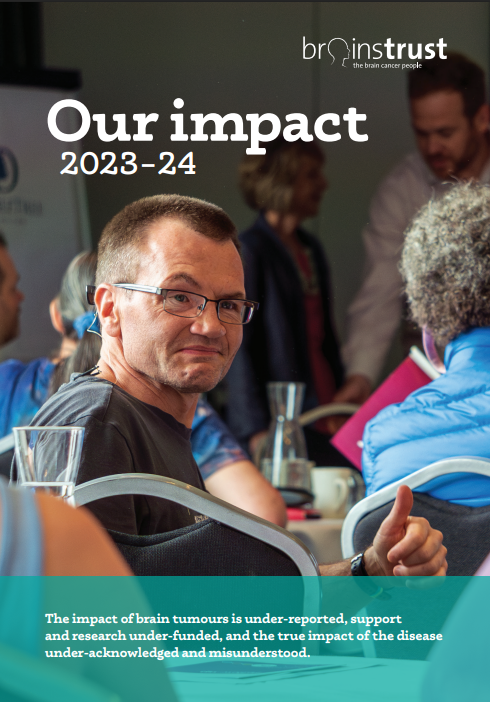Adam’s up for the Challenge
If you keep up to date with the stories we share on social media, you’ll have definitely seen the name Adam Parsons. Adam’s wife, Jenna, sadly passed away last year following her brain tumour diagnosis. In his efforts to fulfil the promise he made to Jenna, Adam continues to take on some of the most adrenaline and endurance filled challenges, all whilst raising vital funds for brainstrust. An inspirational way to honour the endless love and admiration he has for his wife.
A Journey to Tel Aviv
We first met Adam late last year, as he got ready to conquer the ‘Runaway Challenge’ organised by the Self Defence and Wellbeing Society, Adam instructs at Canterbury Christ Church University. Starting from their student hub, 5 teams had just 36 hours to travel as far as possible using no money for travel, accommodation or food. In true competitive spirit, Adam set his sights on winning the competition. With the help of businesses he encountered, and the kindness he received from strangers, Adam soon found himself landing in Marseilles and then later, Tel Aviv, Israel.
During his first challenge, Adam and his fellow teammates raised a wonderful £1,667.64! Speaking about the challenge, Adam said “I very sadly lost my wife, and this is the best way I can think of to live for her. She loved travelling. She loved adventure.” Having had such an incredible experience, the team are already planning another ‘Runaway Challenge’ which they hope to conquer later this year.
Two Half Marathons in Two Weeks
Yes, you read that right. Two half marathons in two weeks. It’s what Adam set out to do, and it’s exactly what he did.
When he first put his running shoes on, Adam took to the streets of London to complete the Vitality Big Half. When crossing the finish line, Adam was overwhelmed with emotion as he reflected on the reason why he was taking on these challenges and raising funds in loving memory of his wife.
One week later, Adam’s running shoes took him to Cambridge where he completed yet another half marathon. Adam’s passion and resilience shines through and is something we’re constantly in awe of. To describe his determination, Adam said, “There are no challenges on this earth that will match the challenge my wife had to face.”
On the Horizon
“At the moment, we have the Coronavirus crisis going on, so things are not as easy as they had looked. I was down to do the Edinburgh Marathon on 24th May. I was doing that for myself and my wife. Edinburgh was where she wanted to go, and where we didn’t quite make it to in her life. I was running that for her, just a few days from our wedding anniversary. Unfortunately, that has now been rescheduled.”
With other challenges also postponed, such as the Vitality 10k, the Three Peaks Challenge and a trek to Kilimanjaro, Adam is determined to continue his mission. “I have my home office here that is set up for me to be able to work out in. There’s a rowing challenge that I know I can do because i’m just going to get a rowing machine in here (his office). There are all sorts of challenges that I can still do if we get quarantined. There’s still money I’m going to be raising for brainstrust.”

Stay Tuned
To follow Adam on his journey, simply visit his YouTube channel ‘up4thechallenge’ – where he’ll be posting new vlogs every Wednesday at 4pm.
Speaking about brainstrust, Adam said, “They’ve been very kind in the way they’ve treated me, and they were the charity my wife specifically asked me to support. My wife was always right, and that continues. They are a small charity, they help so many people who are suffering. Those who have a diagnosis of brain cancer. Those who are family and friends of those that have been diagnosed. Everyone. It’s a really amazing charity. This is in memory of my wife and in aid of brainstrust, to help others going through what she had to.”











